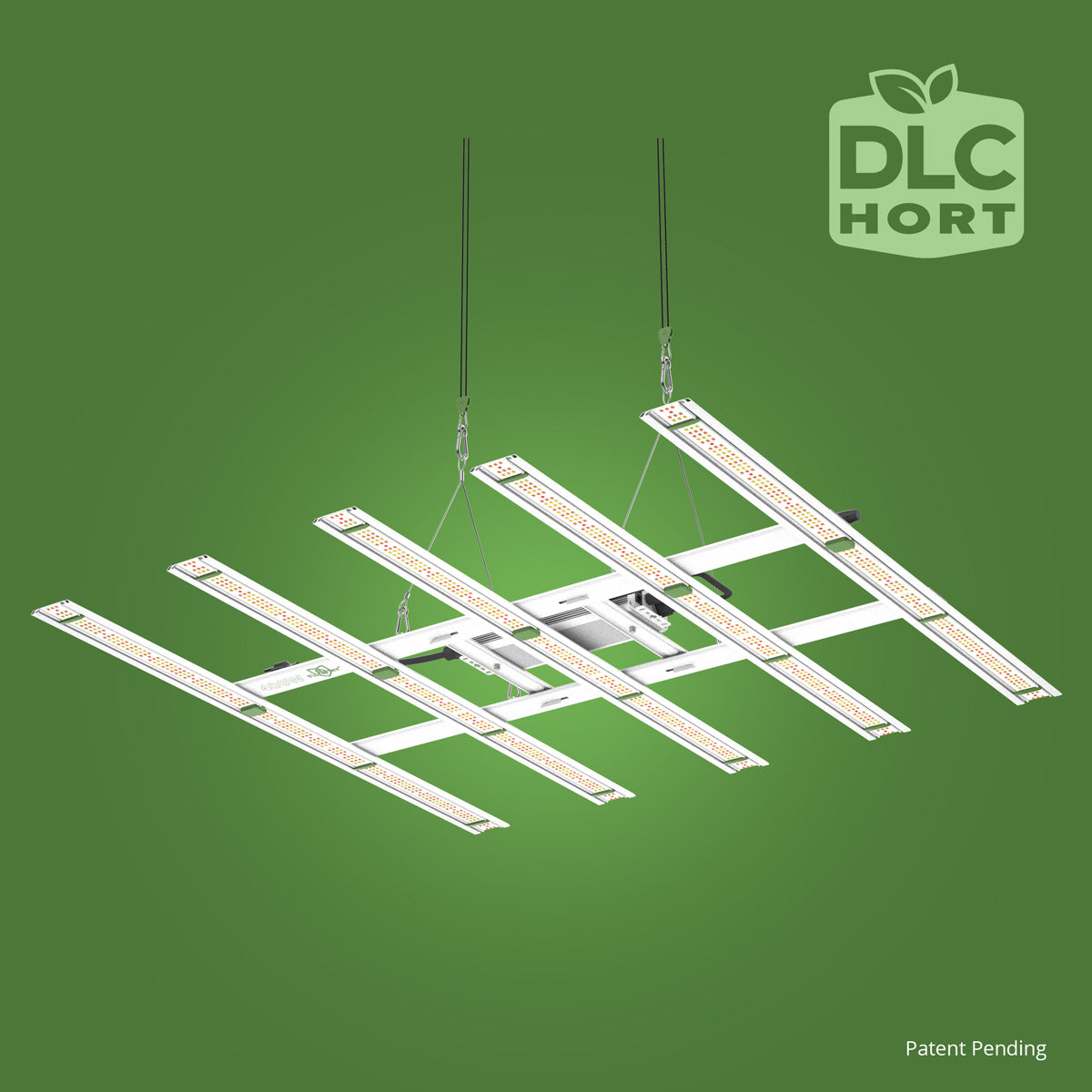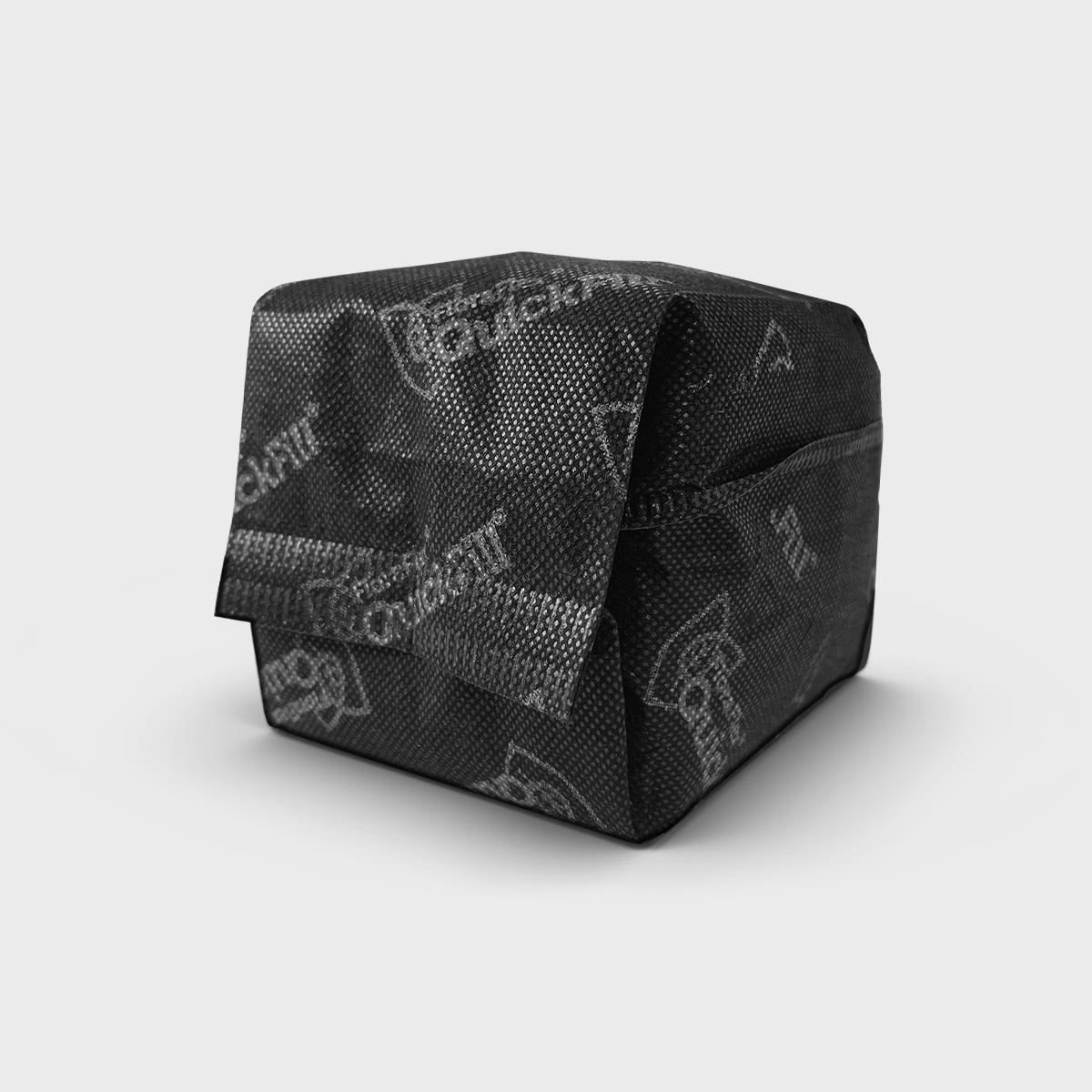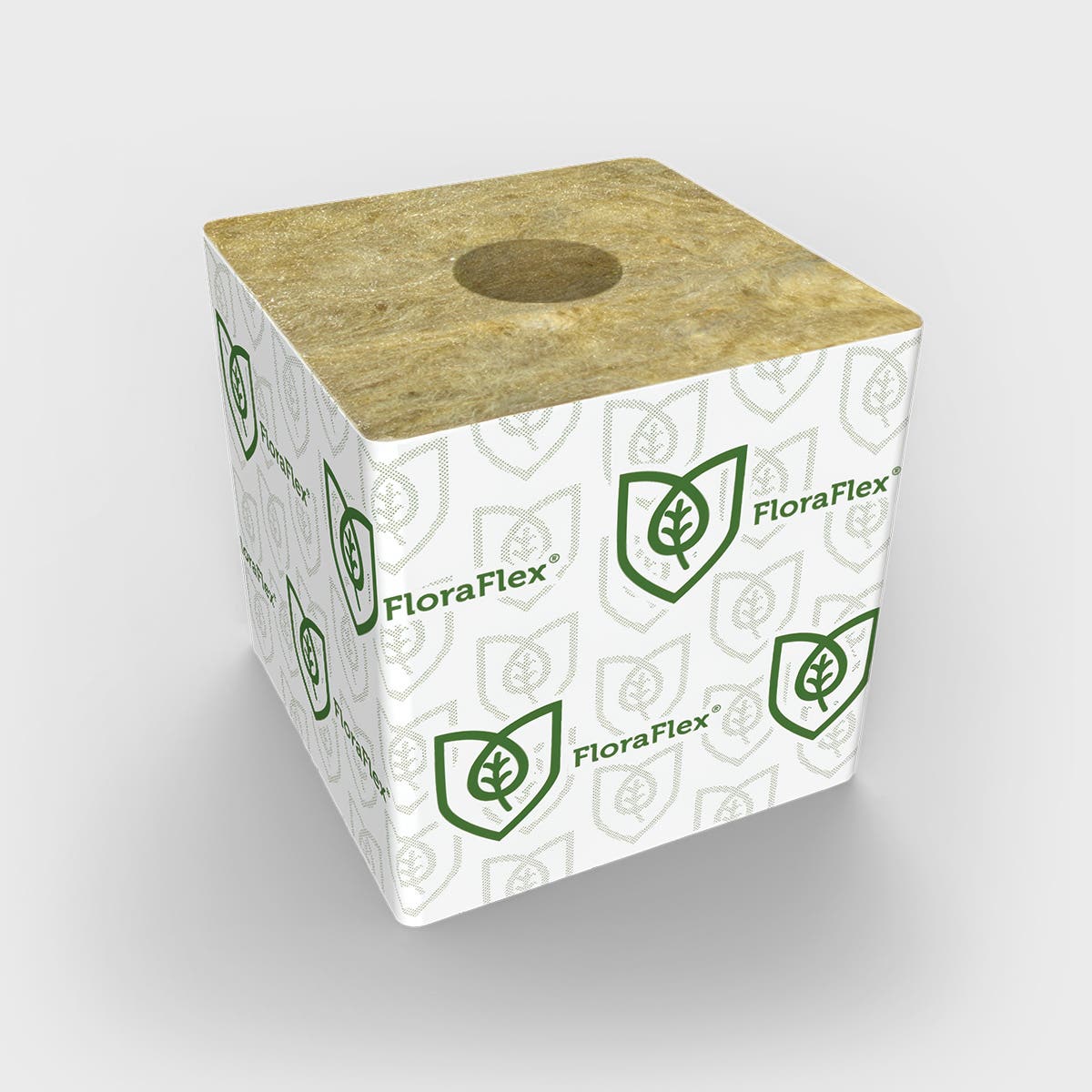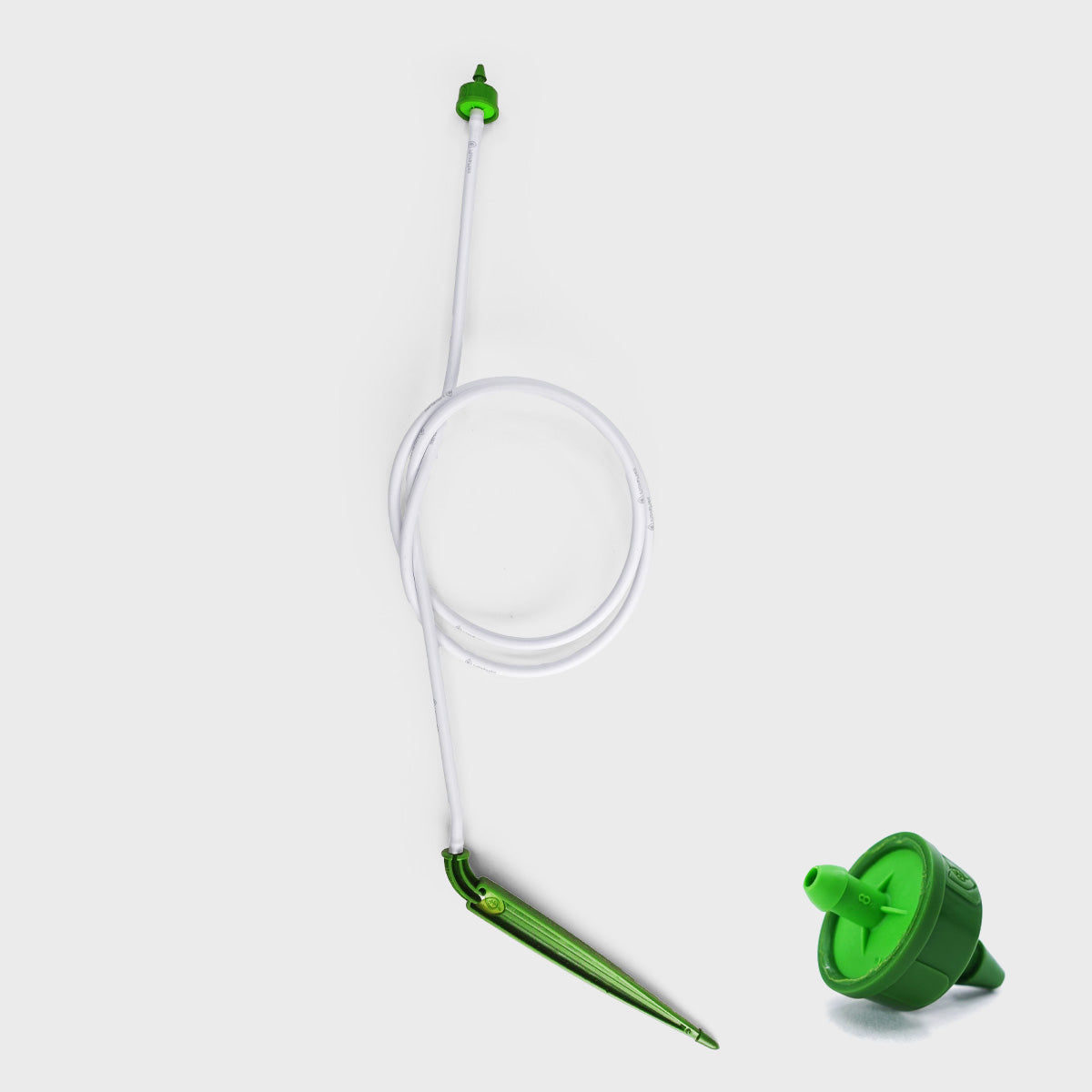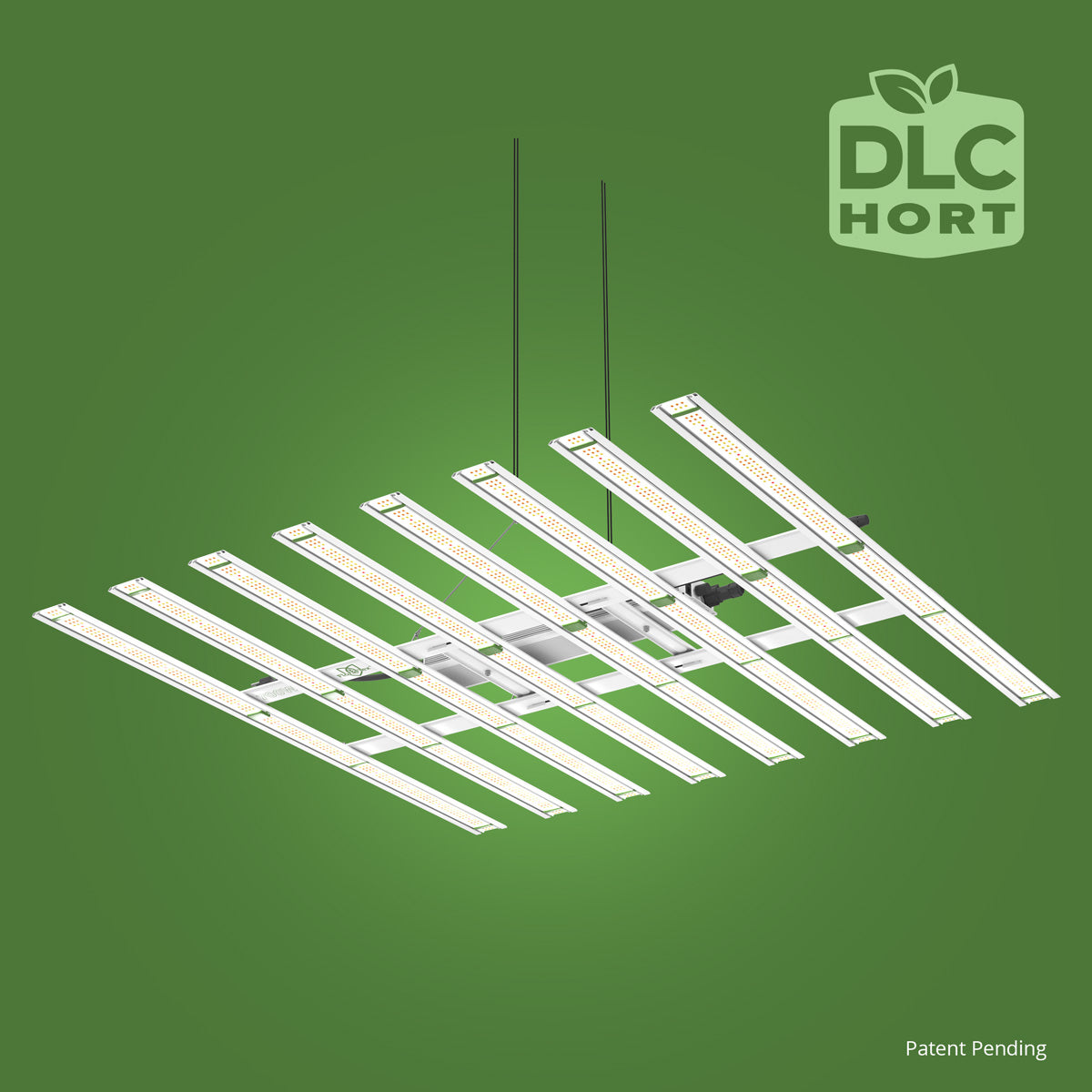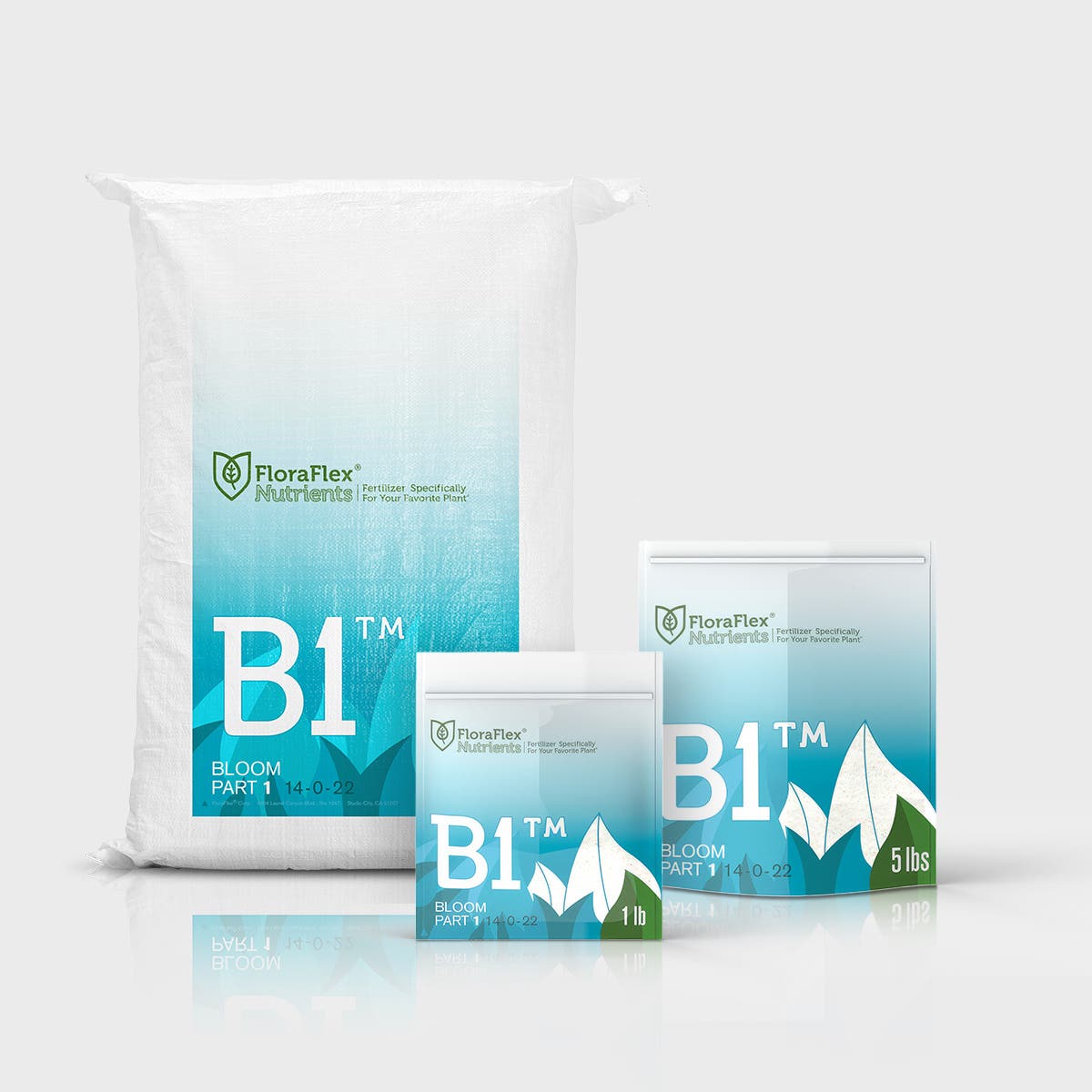Emitter Tubing Problems: Causes, Solutions, and Prevention
Emitter tubing plays a crucial role in the effectiveness of irrigation systems. It ensures the precise distribution of water to plants, promoting healthy growth and efficient water usage. However, emitter tubing is not immune to problems. In this article, we will explore common emitter tubing problems, their causes, and effective solutions to prevent and solve them.
1. Introduction
Emitter tubing is a specialized irrigation component designed to deliver water directly to plant roots, ensuring efficient and targeted irrigation. It consists of small emitters evenly spaced along the tubing, allowing for uniform water distribution. While emitter tubing offers many benefits, it can encounter various issues that impact its functionality and effectiveness.
2. Understanding Emitter Tubing
2.1 What is Emitter Tubing?
Emitter tubing, also known as drip tubing or drip line, is a flexible plastic tubing used in drip irrigation systems. It features pre-installed emitters, such as drippers or micro-sprinklers, that release water slowly and directly to plants' root zones. Emitter tubing is available in various sizes, emitter spacing, and flow rates, allowing for customization based on specific irrigation needs.
2.2 Importance of Emitter Tubing in Irrigation Systems
Emitter tubing offers several advantages over traditional sprinkler systems. It delivers water directly to the plants' root zones, reducing evaporation and water waste. This targeted irrigation minimizes weed growth, prevents soil erosion, and promotes healthier plants. Emitter tubing is particularly beneficial in areas with limited water resources, as it ensures efficient water usage.
3. Common Problems with Emitter Tubing
Emitter tubing can encounter several issues that hinder its proper functioning. Understanding these problems is essential for effective troubleshooting and maintenance.
3.1 Clogging Issues
One of the most common problems with emitter tubing is clogging. Sediment, debris, or mineral deposits can accumulate within the emitters, obstructing the water flow. Clogging leads to uneven water distribution, potentially damaging plants and affecting their growth.
3.2 Uneven Water Distribution
Uneven water distribution can occur when emitters within the tubing have inconsistent flow rates. This problem results in some plants receiving too much water, while others receive insufficient amounts. It can cause plant stress, wilting, and uneven crop development.
3.3 Emitter Damage
Emitter tubing can experience physical damage, such as cracks or breakage, leading to water leakage or complete malfunctioning of emitters. Damage can occur due to accidental impacts, improper handling during installation, or exposure to harsh environmental conditions.
3.4 Leakage and Dripping
Leaks or dripping from emitter tubing can waste water and create potential hazards, such as soil erosion and slippery surfaces. Leakage often occurs at connections, joints, or damaged areas of the tubing, compromising the overall efficiency of the irrigation system.
3.5 UV Degradation
Exposure to sunlight and UV radiation can degrade the quality of emitter tubing over time. UV degradation weakens the material, making it more susceptible to cracks, brittleness, and reduced lifespan. This problem is particularly prevalent in regions with intense sunlight.
4. Causes of Emitter Tubing Problems
Understanding the causes behind emitter tubing problems is vital for effective prevention and troubleshooting.
4.1 Sediment and Debris
Sediment, debris, or organic matter in the water supply can enter the emitter tubing, leading to clogs. Fine particles, such as sand, silt, or algae, can accumulate within the emitters, impeding the water flow.
4.2 Poor Water Quality
Water with high mineral content or chemicals can cause deposits and scaling, leading to clogs and reduced emitter performance. Poor water quality can also accelerate the degradation of the tubing material, making it more prone to damage.
4.3 Inadequate Filtration
Insufficient filtration within the irrigation system allows debris and particles to reach the emitter tubing, contributing to clogging issues. Inadequate filtration can be a result of using the wrong filter type, improper maintenance, or not having a filter at all.
4.4 Inappropriate Pressure
Inadequate pressure regulation can affect the performance of emitter tubing. High pressure can cause emitter blowouts or water distribution inconsistency, while low pressure may result in insufficient water flow and poor irrigation coverage.
4.5 Aging and Wear
Over time, emitter tubing can deteriorate due to aging and wear. Exposure to weather conditions, including temperature fluctuations and UV radiation, can degrade the material's integrity, leading to cracks, brittleness, and eventual failure.
5. How to Prevent and Solve Emitter Tubing Problems
To ensure optimal functionality and longevity of emitter tubing, proactive measures should be taken to prevent and solve common problems.
5.1 Regular Maintenance and Inspection
Performing regular maintenance and inspections is crucial to identify potential issues early on. This includes checking for clogs, leaks, damage, or signs of wear. Flushing the tubing system periodically and removing any accumulated sediment or debris can help prevent clogging.
5.2 Proper Filtration
Installing appropriate filtration systems is essential for protecting emitter tubing from debris and sediment. Choosing the right filter type and size based on water quality and system requirements ensures efficient removal of particles that could lead to clogging.
5.3 Adequate Pressure Regulation
Proper pressure regulation helps maintain the integrity of the emitter tubing. Installing pressure regulators or control valves ensures that the system operates within the recommended pressure range, minimizing the risk of blowouts or inadequate water distribution.
5.4 Choosing High-Quality Emitter Tubing
Investing in high-quality emitter tubing from reputable manufacturers reduces the likelihood of premature failure. Quality tubing materials with UV protection and resistance to chemicals and physical damage offer improved durability and longevity.
5.5 Correct Installation Techniques
Following proper installation guidelines is essential for preventing emitter tubing problems. Ensuring secure connections, avoiding excessive tension or bending, and protecting the tubing from potential damage during installation are crucial steps to ensure optimal performance.
5.6 Flushing and Cleaning Procedures
Implementing regular flushing and cleaning procedures can help prevent clogging and maintain the efficiency of emitter tubing. Flushing the system with clean water, using appropriate cleaning solutions when necessary, and periodically inspecting and replacing worn-out emitters contribute to the longevity of the tubing.
6. Conclusion
Emitter tubing is a valuable component in irrigation systems, but it is prone to various problems. Understanding the causes of these issues and implementing preventive measures can help ensure the longevity and effectiveness of the tubing. Regular maintenance, proper filtration, pressure regulation, high-quality materials, correct installation, and flushing procedures are all key elements in preventing and solving emitter tubing problems.
7. FAQs
Q1. How often should I inspect my emitter tubing system? Regular inspections are recommended at least once every irrigation season, but more frequent checks may be necessary depending on water quality and environmental conditions.
Q2. Can I use emitter tubing with well water containing high mineral content? Yes, but it is crucial to implement proper filtration to prevent clogs and scaling issues. Choosing filters suitable for the specific water quality is important.
Q3. Are there any specific installation techniques to prevent emitter tubing damage? Avoid excessive tension or bending during installation, use protective covers when burying the tubing, and ensure secure connections and fittings to minimize the risk of damage.
Q4. Can emitter tubing be repaired if it is damaged? Minor damage, such as small cracks, may be repairable using appropriate repair kits or techniques. However, severe damage often requires replacing the affected section of tubing.
Q5. How long does emitter tubing typically last? The lifespan of emitter tubing depends on various factors, including quality, exposure to environmental conditions, and maintenance. Generally, well-maintained tubing can last up to 10 years or more.

